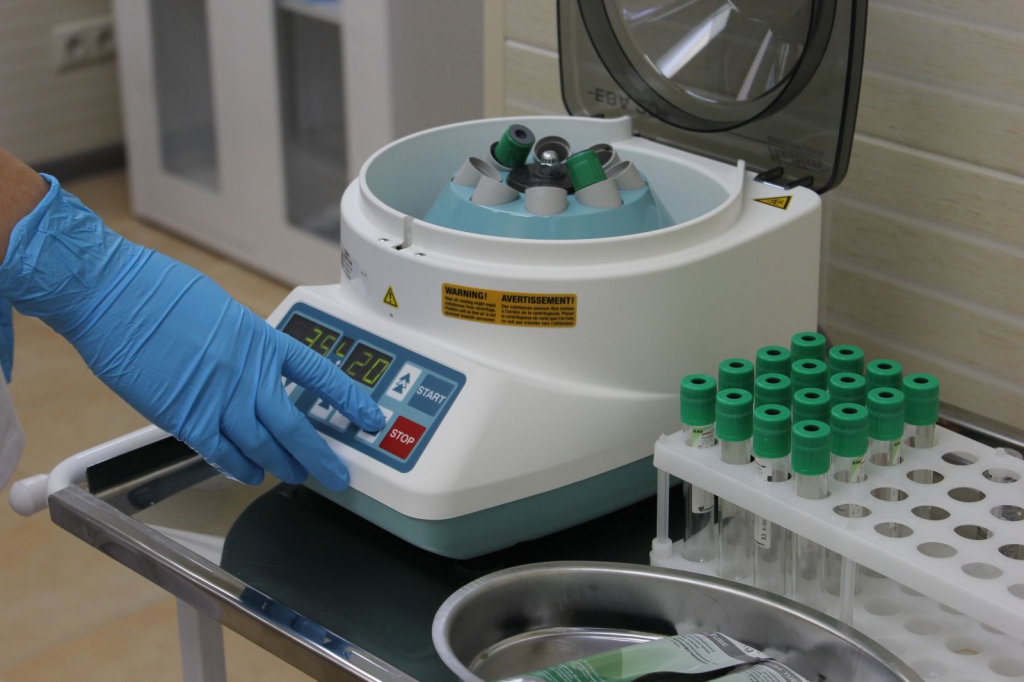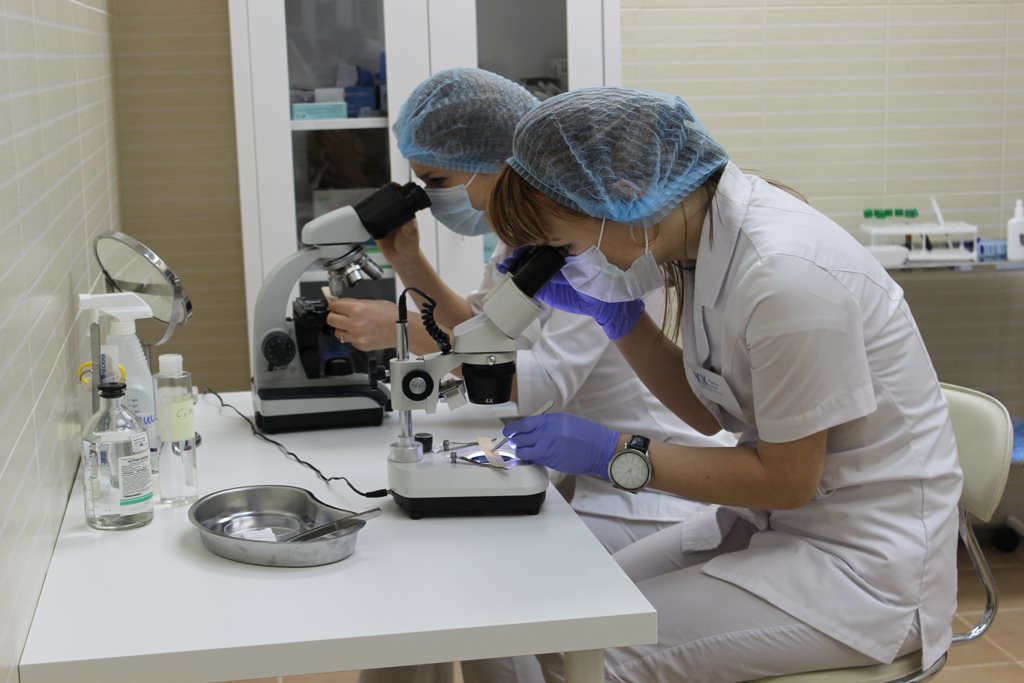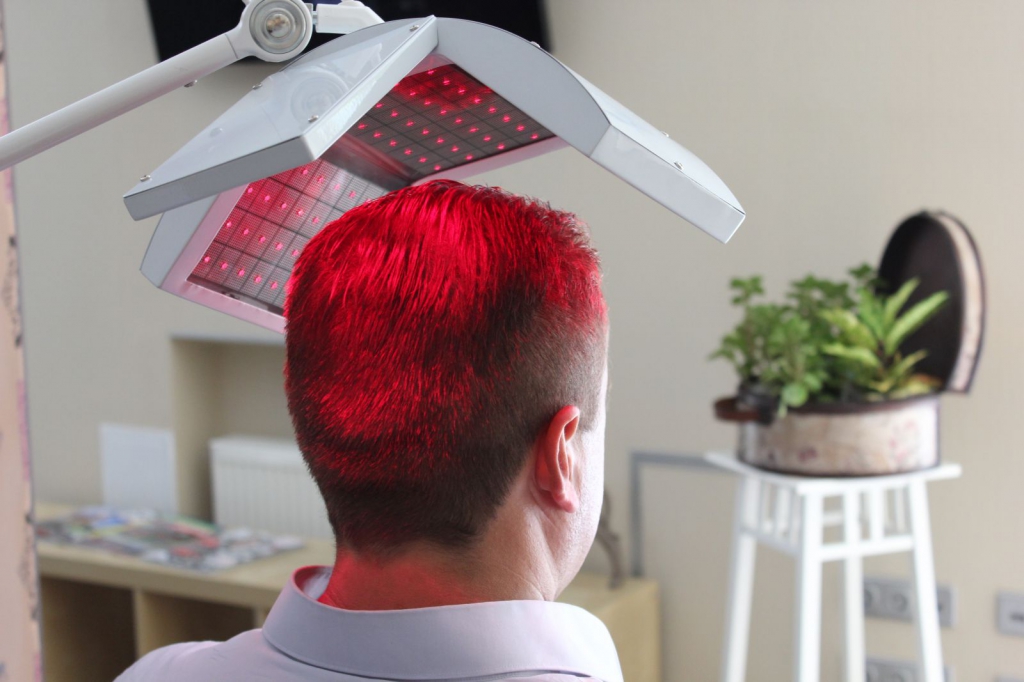MINOXIDIL (ROGAINE)
Is available without a prescription and is sprayed on and/or rubbed into the scalp twice a day.Rogaine® is clinically proven to regrow hair in men with hereditary hair loss and help reverse its progression. It contains the FDA-approved topical ingredient minoxidil, and, like Rogaine® Foam, it works to enlarge shrunken follicles (increasing their size). This allows for normal healthy hair to develop over time.
FINASTERID (PROPECIA)
Is available by prescription and is taken once daily in pill form. Finasteride has not been proved effective in women and is not approved for women by the U.S. Food and Drug Administration (FDA).2 Women who are or may become pregnant should not take or handle crushed or broken tablets, because finasteride can cause birth defects.
Propecia® is the only once-a-day pill developed to treat mild to moderate male pattern hair loss on the vertex (top of head) and anterior mid-scalp area (middle front of head) in MEN ONLY. There is not sufficient evidence that Propecia® works for receding hairlines at the temples.Propecia® significantly reduces DHT, a key cause of hair loss, by inhibiting the formation of DHT in your scalp. Lowering DHT appears to inhibit the further shrinking of affected hair follicles. DHT is a substance in the body that can shrink the hair follicle until it no longer produces visible hair.Propecia® was developed to treat mild to moderate male pattern hair loss on the vertex (top of head) and anterior mid-scalp area (middle front of head) in MEN ONLY. There is not sufficient evidence that Propecia® works for receding hairlines at the temples.
Propecia® is for the treatment of male pattern hair loss in MEN ONLY and should NOT be used by women or children.
PLATELET RICH PLASMA (PRP)
Is a revolutionary treatment used to regenerate hair growth. PRP is blood that has been concentrated with platelets. These concentrated platelets contain proteins and growth factors which help increase circulation to the hair follicles, stimulate the follicles to grow, and even thicken the hair shaft. It is believed that the introduction of platelets and white blood cells through platelet rich plasma can actually stimulate the growth of follicles, thereby reversing hair miniaturization seen in androgenetic alopecia and even preventing hair loss. Dr. Weeks has been performing the procedure since 2009 and has seen about an 80% success rate with the treatment.
After a small amount of blood is taken from the patient to produce the PRP, the scalp is cleaned and numbed with a local anesthetic. Calcium-activated PRP is injected via syringe and applied topically with a dermaroller. The dermaroller creates microscopic channels that allow the PRP to penetrate deep into the skin on the scalp where it stimulates the growth of hair follicles and creates new blood vessels.

HOW MANY TREATMENTS DO I NEED?
Initially, two treatments spaced out by 3 months are recommended for rapid regrowth. For some patients, maintenance treatment may become necessary every year or so.
IS EVERYONE A RIGHT CANDIDATE FOR THIS PROCEDURE?
PRP Hair Treatment is a safe choice for many patients with hair loss. However, patients with active infection on the scalp, history of shingles on the scalp, diabetes, coagulation disease, or on blood thinning and/or immunosuppressive medications are not right candidates.
If the hair follicles are entirely lost, the treatment will not work. Patients who have lost their hair follicles require hair transplant surgery.

VITAMINES AND HAIR LOSS – WHAT VITAMINS ARE GOOD FOR HAIR LOSS?
A good daily multivitamin containing zinc, vitamin B, folate, iron, and calcium is a very reasonable choice. Newer studies suggest that vitamin D may be somewhat helpful and worth considering. Specific vitamin and mineral deficiencies like iron or vitamin B12 may be diagnosed by blood tests and treated.
Multiple vitamins including biotin have been promoted for hair growth, but solid scientific studies for many of these claims are lacking. While taking biotin and other supplements marketed for hair, skin, and nails probably won’t worsen anything, it may also not necessarily help the situation. Therefore, advertised hair-regrowth supplements should be approached with mild caution
LOW-LEVEL LASER THERAPY
Low-Level Laser Therapy (LLLT) in hair restoration utilizes cool lasers to stimulate hair growth and reduce hair loss. LLLT is based on the scientific principle of photo-biotherapy. Photo-biotherapy occurs when laser light is absorbed by cells and stimulates cell metabolism and protein synthesis. Although the exact mechanism by which laser light promotes hair growth is still unknown, it appears to stimulate the follicles on the scalp by increasing energy production and by reversing miniaturization (the process leading to thicker hair shafts and a fuller look).
Laser light is in the visible red light spectrum and is generated in a laser diode. The energy level is far below that of laser beams that cut or burn tissue. The low-level red laser light has a very low absorption rate in human tissue making it safe for use in the treatment of hair loss.
Low energy lasers have been used for over thirty years to accelerate healing after wounds or burns and to reduce pain. In 1992, Pontinen published the first paper discussing its possible use in promoting hair growth. Since then there has been much progress is defining the exact parameters necessary to accomplish this, In 2007, the FDA cleared for marketing the use of low-level lasers for the treatment of androgenetic hair loss in men. This clearance was based on the device’s safety, and not on its effectiveness in treating hair loss.
The Hair Max Laser Comb, cleared by the FDA as a Class II medical device in January 2007, is a compact version of the larger laser therapy units used by hair clinics in other countries to stimulate hair to increase in thickness and make the hair appear fuller. This home product has teeth that part the hair to potentially enable the laser light to reach the scalp in areas of existing hair.



